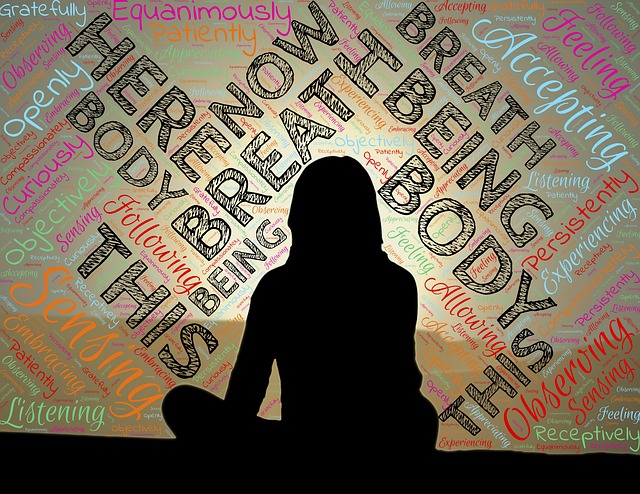At this time of the year, we are encouraged to make New Year’s resolutions covering each of the major areas of our life, e.g., relationships, health, fitness, work, and finances. What we typically do is end up with a list of things to improve on. Sometimes they remain just a list and are not actioned. Other times we add them to our very full to-do list and they become another stressor and ammunition for beating up on ourselves if we don’t achieve them.
It is interesting that experts in the area of habit formation suggest that we focus on a single habit in a single arena of our life and make an achievable resolution in relation to one aspect of this arena. Leo Babauta, creator of the Zen Habits blog with a readership in excess of 2 million, is a strong advocate of focusing on a single habit and he reinforces this approach in his book, The Habit Guidebook: My Most Effective Habit Methods & Solutions. Seth Godin, famous internet marketer and author of more than a dozen New York bestsellers, argues that you should start small, start now.
The role of mindfulness in habit formation
Leo maintains that mindfulness has a role to play In helping us to pursue our focused resolution and develop a new habit. Mindfulness helps us to overcome negative thoughts, avoid procrastination, develop self-reinforcing strategies, appreciate our achievements (however small) and improve our overall self-management. Leo argues that the self-awareness that we gain through mindfulness makes us conscious of the things that trigger undesirable habits, enables recognition of habituated responses, and serves as a refuge when the habit-pull becomes intense. So, there are many ways that mindfulness can underpin and strengthen our New Year’s resolution.
Developing a habit of mindfulness
The advantage of concentrating on a mindfulness practice is that the benefits flow into all arenas of our life because so much of our life is interconnected. We can see this in operation when we begin with a single habit in other arenas, e.g., our daily walk. If we walk regularly, we tend to want to eat better, we get fitter, our mood improves and we are better able to relate effectively with others. As mentioned above, mindfulness has this overflow effect through its power to develop focus, self-awareness, and self-regulation.
There are some key strategies that facilitate developing and sustaining a habit of mindfulness:
- Start small – Chade-Meng Tan, author of Search Inside Yourself and one of the creators of Google’s course of the samename,recommends starting with one breath at a time.
- Develop a daily routine – build towards a daily practice. This may take some time – choosing an appropriate practice and finding the right part of the day to practice.
- Link the mindfulness practice to other things that you do daily – this ensures that at least daily you are engaged in your mindfulness practice. For example, I link a mindfulness practice to waiting time (which occurs often throughout a day, e.g., waiting for traffic lights to change).
- Don’t beat up on yourself – if you miss a day here or there, do not cultivate negative self-talk such as “I’m hopeless, I can’t even maintain a single, small habit”.
- Appreciate and reinforce your newly acquired habit – remind yourself of the benefits that you are gaining through your new habit. One way to reinforce your practice and maintain your motivation is to develop a personal mnemonic that captures the benefits you are experiencing.
Reflection
Focusing on one small habit initially provides flow-on benefits and tends to permeate many aspects of our life. As we grow in mindfulness, we can be more present to what is happening around us, more able to engage in deep listening to others and be increasingly appreciative of the benefits that a new habit brings to our daily life.
___________________________________________
Image by alexvi82 from Pixabay
By Ron Passfield – Copyright (Creative Commons license, Attribution–Non Commercial–No Derivatives)
Disclosure: If you purchase a product through this site, I may earn a commission which will help to pay for the site, the associated Meetup group and the resources to support the blog.



